By Nicholas R. Cataldo (1998)
In 1851, when 437 Mormons set out from Utah to form a new colony in southern California…eventually to become the city of San Bernardino there were 26 blacks with them.
Unfortunately, chances are that you wouldn’t know it from reading most of the history books written about that era.
The involvement of blacks in the early settlement of the San Bernardino Valley gets little mention compared to such prominent white pioneers like Amasa Lyman, Charles Rich, and Jefferson Hunt, men who have been justly honored for their roles in developing the Mormon colony.
A Slave at the Age of Four
However, there were countless unsung heroes…many of who were of those 26 blacks that contributed heavily to the community’s success. One such person was taken from her parents at the age of four and given to a wealthy white couple, James and Agnes Flake, as a wedding present. Her name was Elizabeth (Lizzy) Flake Rowan.
A Three Year Journey to Utah
After the Flakes conversion to Mormonism, followed by the persecution of Mormons by Easterners, they set out from their Carolina plantation for the Great Salt Lake with their three sons and young Lizzy in 1845. Along the way, Lizzy and the boys were responsible for herding the Flake’s oxen and cattle from the plantation all the way to Utah.
The rugged journey, which included a grueling harsh winter encampment in Illinois, took 3 long years. Finally, the Flakes arrived in Salt Lake in 1848.
Unfortunately, because of the hardships incurred by the long journey, James Flake died in 1850. His widow then joined a company of Mormon pioneers who eventually would buy the San Bernardino Rancho from the Lugo family a year later.
On to California
Once again Lizzy set out on a long journey across mountains and deserts, driving a covered wagon pulled by two yoke of oxen.
After the purchase of Lugo’s ranch, Lizzy and the Flake boys helped make the first adobe brick for the first homes in the new community. Hearing news of an “Indian Uprising” from the Mojave Desert, she helped build the fort, which encompassed land where the San Bernardino County Court House stands today.
On January 15, 1855, Agnes Flake, who Lizzy fondly recalled “like a member of my own family” died from a lengthy illness, leaving her children to the care of Lizzy.
Lizzy Becomes Free at Last
While it is possible that Lizzy was kept ignorant of the law which, clearly stated that all slaves would become free upon entering California, William Flake, one of the boys, returned to Utah and sent back the proper papers to Lizzy giving her the freedom she already technically had. Lizzy, nevertheless, continued taking care of the younger Flake children until other arrangements were made later that year.
According to contemporary accounts, in 1854, a “Mrs. Rowan” reportedly rode out to Los Angeles to inform the sheriff that a white man named Robert Smith, afraid that word would leak out to that California was a “free state”, was planning to head for Texas with his 14 slaves. One of them was Biddy Mason, a woman of enormous physical strength. Mason, who eventually would become the wealthiest woman in California, donated property for the first African Methodist Episcopal Church on the West Coast.
Lizzy Flake Marries Charles Rowan
Although, evidence is not conclusive at this time, “Mrs. Rowan” may have been Lizzy, as she eventually married a man named Charles Rowan. Author/historian Byron Skinner indicated in his Black Origins of the Inland Empire, that although the recorded date of their marriage was 1860, the possibility still exists that their nuptials actually occurred several years earlier.
In any event, the couple built a home for their three children and acquired some land on “D” Street near San Bernardino’s downtown area where Lizzy worked as a laundress. Meanwhile, Charles ran a barbershop for almost 40 years inside the Southern Hotel, approximately where The San Bernardino County Sun now stands [Now American Sports University].
A son, Byron, worked for a while as a teaming contractor on the desert, operated a feed store on “I” Street, and eventually followed in his fathers’ footsteps by opening up a barbershop on 3rd Street.
Their daughter, Alice Rowan Johnson, was one of the first Blacks to graduate from college in California. She became a teacher in Riverside–probably the first black teacher of white children in the state of California.
As for Lizzy, she lived out her remaining years loved and respected by the whole community. When she died in 1908, fellow pioneers of all races and creeds attended her funeral and acted as pall bearers.
Elizabeth (Lizzy) Flake Rowan is buried at San Bernardino’s Pioneer Cemetery.
(Photographs Courtesy of San Bernardino Historical and Pioneer Society)

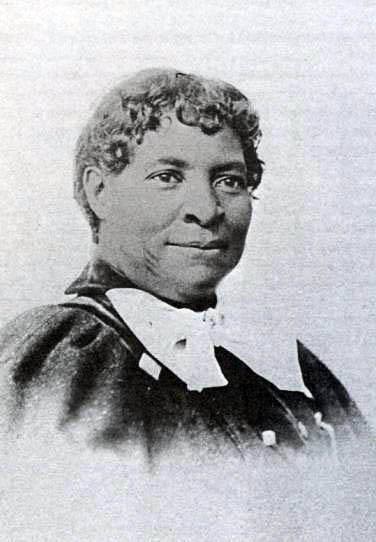



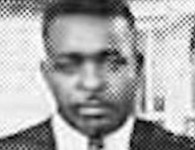
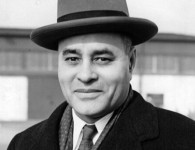
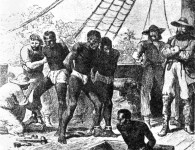



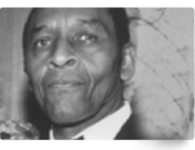
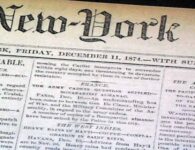

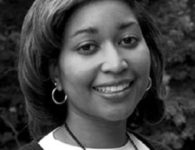
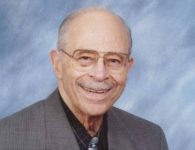
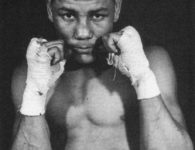
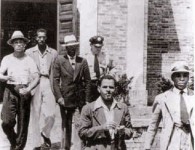
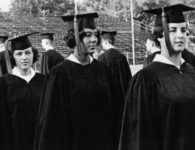
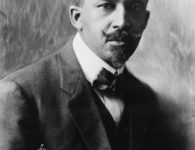

No comments